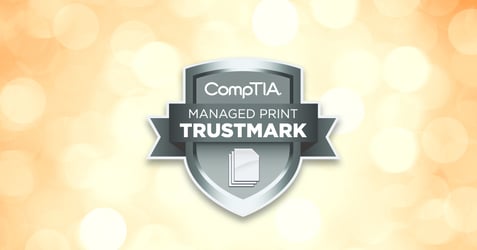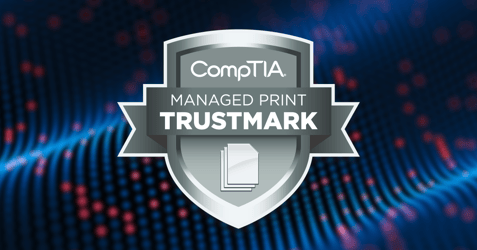Updated April 8, 2024
Technology has become the backbone of nearly every aspect of business operations. From streamlining processes to enhancing communication and driving innovation, the strategic use of technology is indispensable for organizations aiming to stay competitive. However, simply acquiring the latest tools and solutions isn't enough. To truly harness the benefits of technology and ensure its long-term value, businesses must implement effective technology lifecycle management strategies.
Understanding technology lifecycle management
Technology lifecycle management refers to the systematic approach of managing the entire lifespan of technology assets within an organization, from acquisition and deployment to maintenance, optimization, and eventual retirement or replacement. By adopting a proactive and structured approach to managing technology assets, businesses can derive maximum value while minimizing risks and costs associated with obsolescence, inefficiency, and security vulnerabilities.
By adopting a technology lifecycle management approach to your organization's IT environment, you take a holistic approach to your business technologies. That includes taking an inventory of your operating systems, applications, and hardware. It also means you assign stakeholders to every resource and business process, along with planning out updates and assessments for each resource based on their importance to the business. When done, you should have a fully plotted timeline for your business technology management, including when each resource will reach its end of life. This plan, when completed, should plot out predicted needs and scheduled upgrades.
7 benefits of technology lifecycle management
Here are several key reasons why technology lifecycle management is necessary in today's business environment:
Cost optimization
Effective technology lifecycle management enables organizations to optimize their IT spending by aligning investments with business objectives and priorities. By continuously evaluating the performance and relevance of existing technology assets, businesses can identify opportunities to consolidate, upgrade, or retire outdated systems, thus reducing unnecessary expenditures on maintenance and support.
Enhanced productivity and efficiency
Outdated or inefficient technology can hinder productivity and impede workflow efficiency. By regularly assessing and upgrading technology assets, organizations can ensure that employees have access to the tools and resources they need to perform their tasks effectively. From faster processing speeds to improved collaboration capabilities, modernizing technology infrastructure can significantly enhance overall operational efficiency.
Risk mitigation
Outdated software and hardware are more vulnerable to security breaches and cyberattacks, posing significant risks to organizational data. Through proactive technology lifecycle management practices such as patch management, system updates, and security audits, businesses can minimize their exposure to security threats and safeguard against potential breaches or data loss.
Support for innovation and growth
Technology plays a pivotal role in driving innovation and supporting business growth initiatives. By strategically managing technology lifecycles, organizations can ensure that their IT infrastructure is agile, scalable, and adaptable to evolving market trends and emerging technologies. This, in turn, fosters a culture of innovation and enables businesses to capitalize on new opportunities for growth and expansion.
Support compliance and regulatory requirements
Businesses today are subject to an array of compliance requirements and industry regulations governing data privacy, security, and confidentiality. Effective technology lifecycle management helps organizations stay compliant with relevant regulations by ensuring that systems and processes adhere to mandated standards and best practices.
Strategic planning and decision-making
Technology lifecycle management provides valuable insights and data-driven metrics that inform strategic planning and decision-making processes. By maintaining accurate records of technology assets, usage patterns, and performance metrics, businesses can make informed decisions regarding future investments, upgrades, and resource allocation.
Vendor management and relationships
Effective technology lifecycle management involves establishing and nurturing strategic partnerships with technology vendors and service providers. By actively engaging with vendors throughout the lifecycle of technology assets, organizations can negotiate favorable terms, access timely support and updates, and leverage vendor expertise to maximize the value of their investments.
It's time to consider technology lifecycle management for your business
By adopting proactive strategies for acquisition, maintenance, and retirement of technology, businesses can optimize IT spending, enhance productivity, mitigate risks, support innovation, ensure compliance, and make informed decisions that drive strategic growth and competitiveness in today's dynamic marketplace. Embracing technology lifecycle management as a core business practice empowers organizations to stay agile, resilient, and future-ready in the face of ongoing technological advancements and digital disruptions.
By leveraging the insights and expertise of a Managed Security Service Provider like Locknet Managed IT and a Managed Print Provider like EO Johnson, businesses can navigate the complexities of technology lifecycle management, unlock greater efficiency, and find competitive advantage in their operations.






